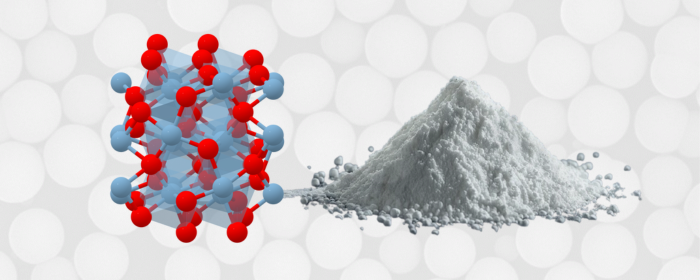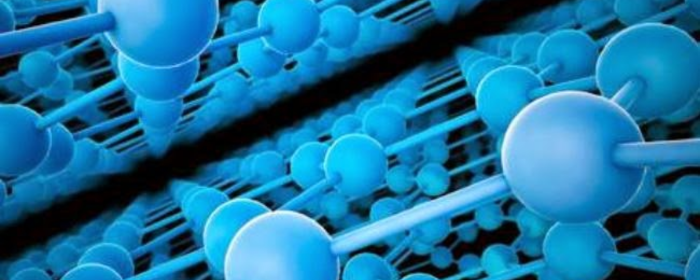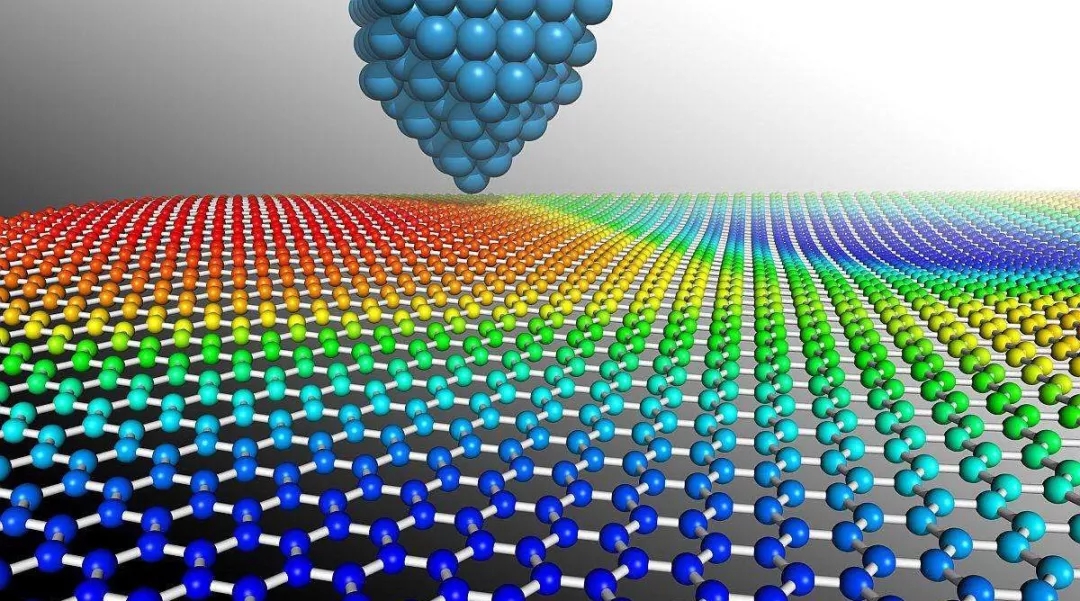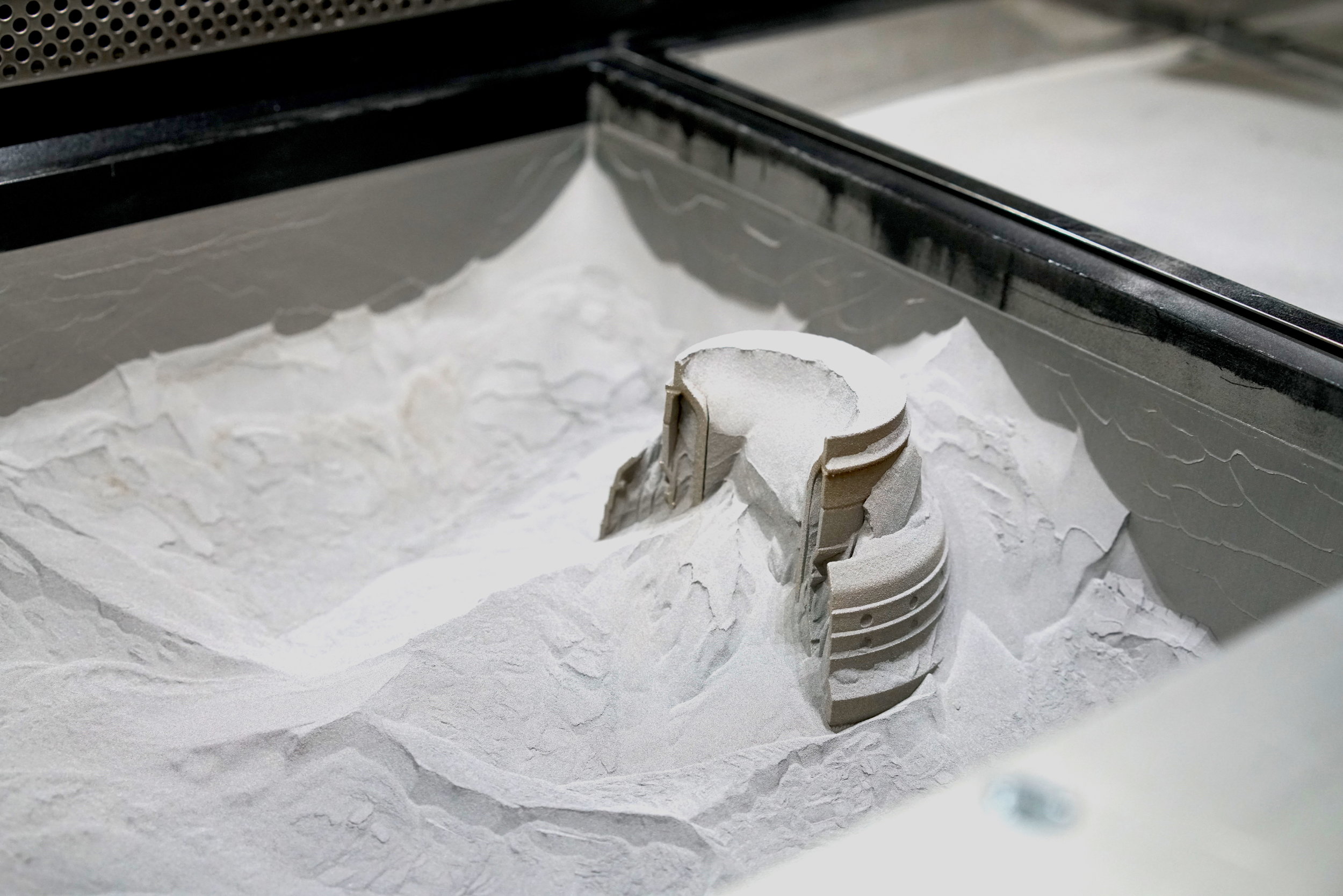

This is a submission for SAM's 2024 Scholarship on spherical powder, written by Stephanie Reynolds.
Additive manufacturing, also known as 3D printing, has emerged as a disruptive technology with the potential to revolutionize traditional manufacturing processes across various industries. Central to the success of additive manufacturing is the development of advanced materials and techniques that enable the fabrication of complex components with superior mechanical properties and performance characteristics. Among these materials, spherical powder technology has gained significant attention for its ability to enhance the quality, reliability, and efficiency of additive manufacturing processes.
Spherical powder technology involves the production of metal, ceramic, or polymer powders in spherical form, typically through methods such as gas atomization, plasma spheroidization, or water atomization. Unlike traditional powder morphologies, such as irregular or angular shapes, spherical powders offer distinct advantages in additive manufacturing, including improved flowability, packing density, and sinterability. These properties make spherical powders ideal candidates for use in powder bed fusion processes, such as selective laser melting (SLM) and electron beam melting (EBM), where precise control over powder morphology and particle size distribution is critical for achieving desired material properties and part quality.
The research methodology employed in exploring the potential of spherical powder technology in additive manufacturing encompasses several key steps:
1. Material Synthesis: Spherical powders are synthesized using advanced techniques such as gas atomization or plasma spheroidization. These methods involve the atomization of molten metal or alloy streams into fine droplets, which rapidly solidify into spherical particles upon cooling.
2. Characterization: The physical, chemical, and mechanical properties of the synthesized spherical powders are thoroughly characterized using techniques such as scanning electron microscopy (SEM), X-ray diffraction (XRD), and mechanical testing. This step provides valuable insights into the morphology, size distribution, phase composition, and mechanical behavior of the powders.
3. Additive Manufacturing: The synthesized spherical powders are then used as feedstock material in additive manufacturing processes, such as SLM or EBM. During the manufacturing process, layers of powder are selectively fused together using a laser or electron beam to build up the desired component layer by layer.
The utilization of spherical powder technology in additive manufacturing has yielded promising results, with several key findings:
1. Enhanced Part Quality: Components fabricated using spherical powders exhibit improved surface finish, dimensional accuracy, and mechanical properties compared to those produced using irregular or angular powders. This is attributed to the uniform particle morphology and packing density of spherical powders, which facilitate more efficient powder spreading and melting during the additive manufacturing process.
2. Increased Process Stability: Spherical powders demonstrate superior flowability and flow consistency, leading to more stable process conditions and reduced variability in part quality. This results in higher process reliability, repeatability, and yield rates, ultimately leading to cost savings and production efficiency improvements.
Despite the numerous advantages of spherical powder technology in additive manufacturing, several challenges remain to be addressed:
1. Cost: The production of spherical powders using advanced atomization techniques can be expensive, leading to higher material costs compared to traditional powder production methods. This cost factor may limit the widespread adoption of spherical powder technology, particularly in industries with strict cost constraints.
2. Powder Handling: Spherical powders are prone to agglomeration and static charge buildup during handling and storage, which can affect powder flowability and processing performance. Specialized powder handling and storage solutions may be required to mitigate these issues and ensure consistent powder feedstock quality.
The successful integration of spherical powder technology into additive manufacturing processes has the potential to have far-reaching implications across various industries:
1. Aerospace: Spherical powders offer the possibility of producing lightweight, high-strength components with complex geometries for aerospace applications, leading to improved fuel efficiency, performance, and cost savings.
2. Medical: The ability to fabricate patient-specific implants and medical devices with tailored mechanical properties and biocompatibility using spherical powders could revolutionize the field of personalized medicine and healthcare.
In conclusion, the exploration of spherical powder technology in additive manufacturing represents a significant step forward in advancing the capabilities and possibilities of this transformative technology. By overcoming challenges and leveraging the unique properties of spherical powders, researchers and industry professionals can unlock new opportunities for innovation, efficiency, and sustainability in manufacturing processes across a wide range of applications. As the field continues to evolve and mature, the potential for spherical powder technology to reshape the future of additive manufacturing remains as vast and promising as ever.












